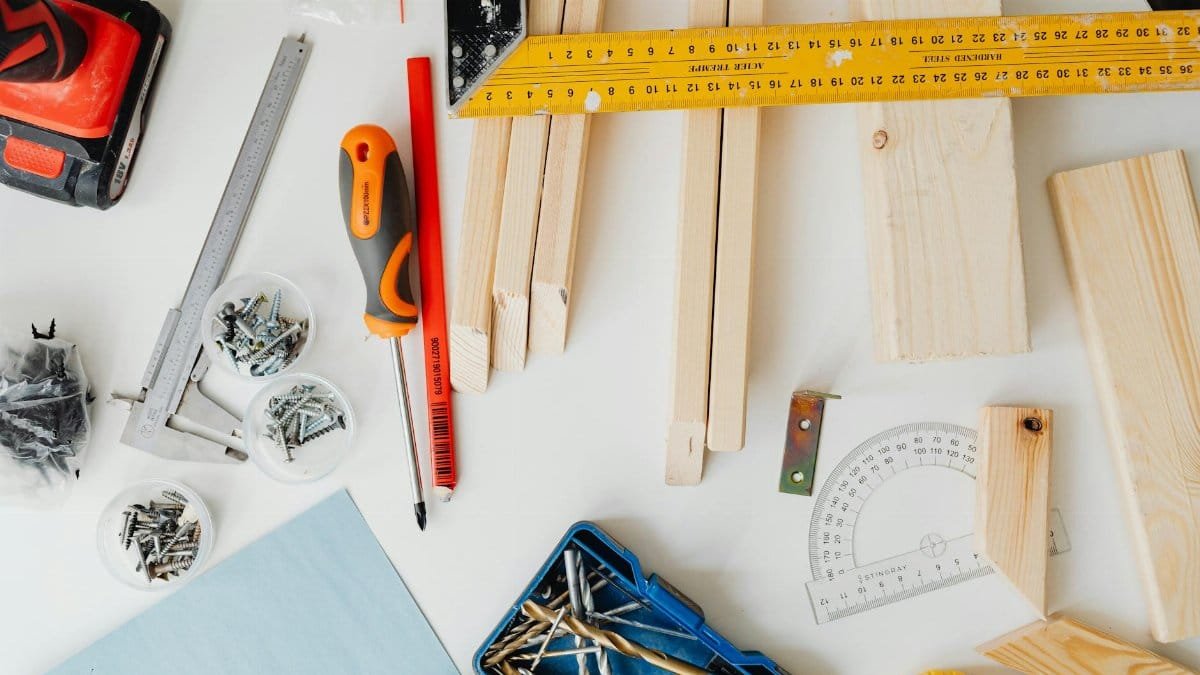Walk down any street in a bustling city like Chicago these days, and you might notice a subtle shift. Amid the rush of commuters and the hum of daily life, more people seem to be seeking small ways to anchor themselves. They’re not always turning to meditation apps or retreats. Instead, many are rediscovering everyday consciousness tools—ordinary objects repurposed as reminders to pause, reflect, or reconnect. From a simple coffee mug to a worn-out keychain, the items already in our homes can become unexpected gateways to mindfulness. This isn’t about buying new gadgets or embracing complex practices. It’s about seeing the familiar with fresh eyes. What if the clutter on your desk or the trinkets on your shelf could help quiet the noise of a hectic world? Let’s explore 14 household items that can double as powerful tools for awareness.
1. The Coffee Mug as a Morning Anchor
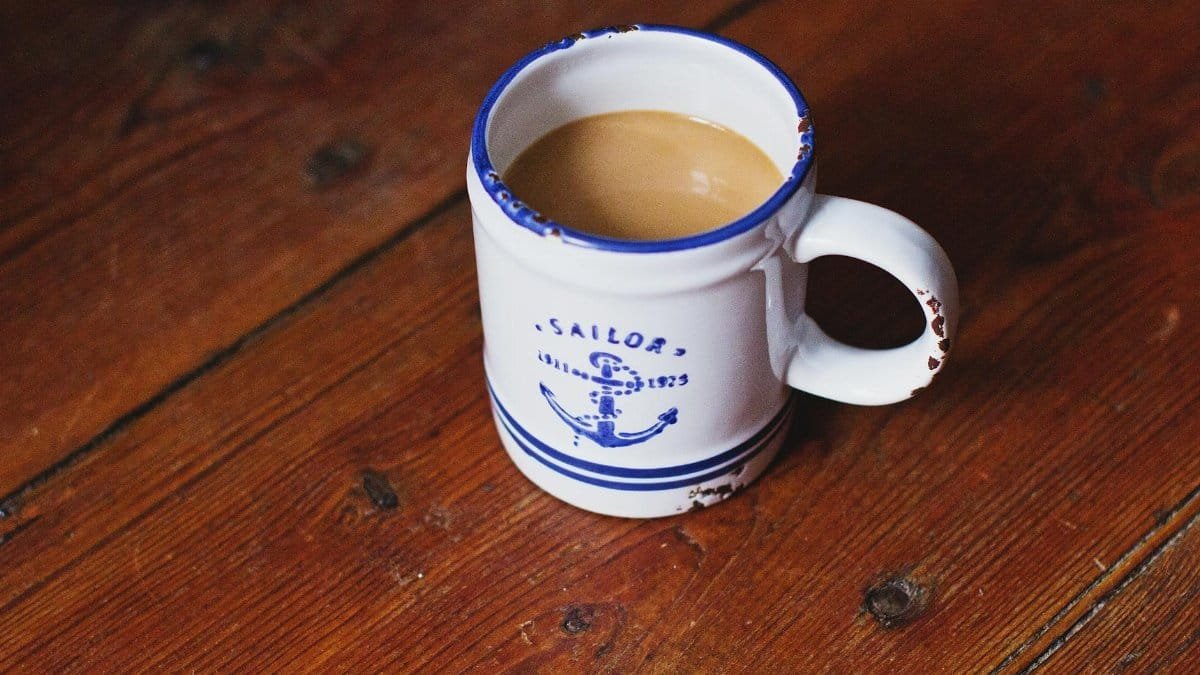
That chipped ceramic mug sitting by your sink isn’t just for caffeine. Holding it each morning, feeling its warmth spread through your palms, can become a ritual. Take a moment before the first sip. Notice the steam curling upward. Let the weight of the mug ground you. For many, this brief pause transforms a mundane act into a deliberate reset. A 2023 survey from the American Psychological Association noted that small, intentional acts like this can lower stress markers significantly. So, tomorrow, don’t just drink—dwell in the moment with your mug.
2. A Notebook for Thoughtful Scribbles
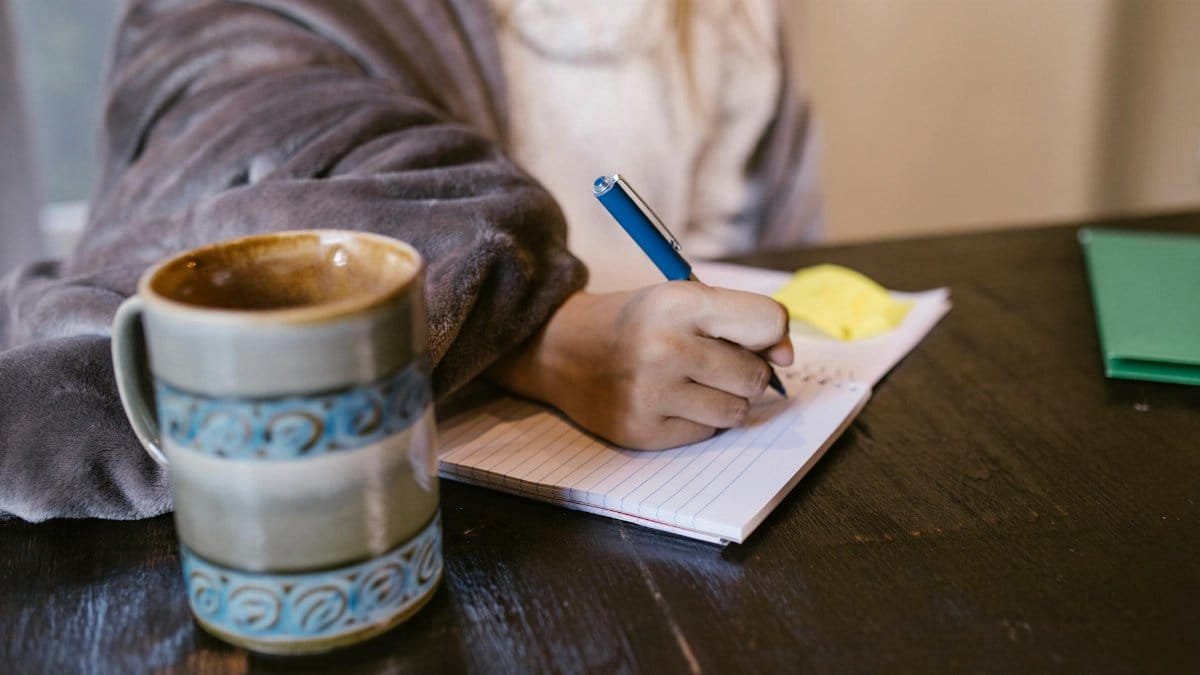
Got a stray notebook lying around? It’s more than a place for grocery lists. Use it to jot down fleeting thoughts or worries. The act of writing by hand slows the mind, creating space for clarity. One woman shared how she began writing three things she noticed each day—nothing profound, just observations like the sound of rain. Over weeks, she felt more attuned to her surroundings. Studies from National Institutes of Health support this, showing journaling can enhance emotional regulation. Pick up that dusty notebook. Let it be your quiet companion.
3. The Mirror as a Self-Reflection Tool

Every bathroom has one. But when was the last time you really looked into your mirror—not to check your hair, but to meet your own gaze? Spend 30 seconds locking eyes with yourself. Notice your breath. This isn’t vanity; it’s a confrontation with the present. Research from Psychology Today highlights how eye contact, even with oneself, can foster self-awareness. It’s odd at first. Yet, over time, this simple act with a familiar object can peel back layers of distraction.
4. A Chair for Intentional Stillness

Your kitchen chair or that creaky armchair isn’t just furniture. Sit in it with purpose. Plant your feet flat. Feel the seat beneath you. Use it as a designated spot for a two-minute breather. No phone, no agenda—just being. This micro-habit aligns with findings from Mayo Clinic, which emphasize grounding exercises for mental health. That chair you’ve sat in a thousand times? It’s waiting to help you pause.
5. The Keychain as a Reminder
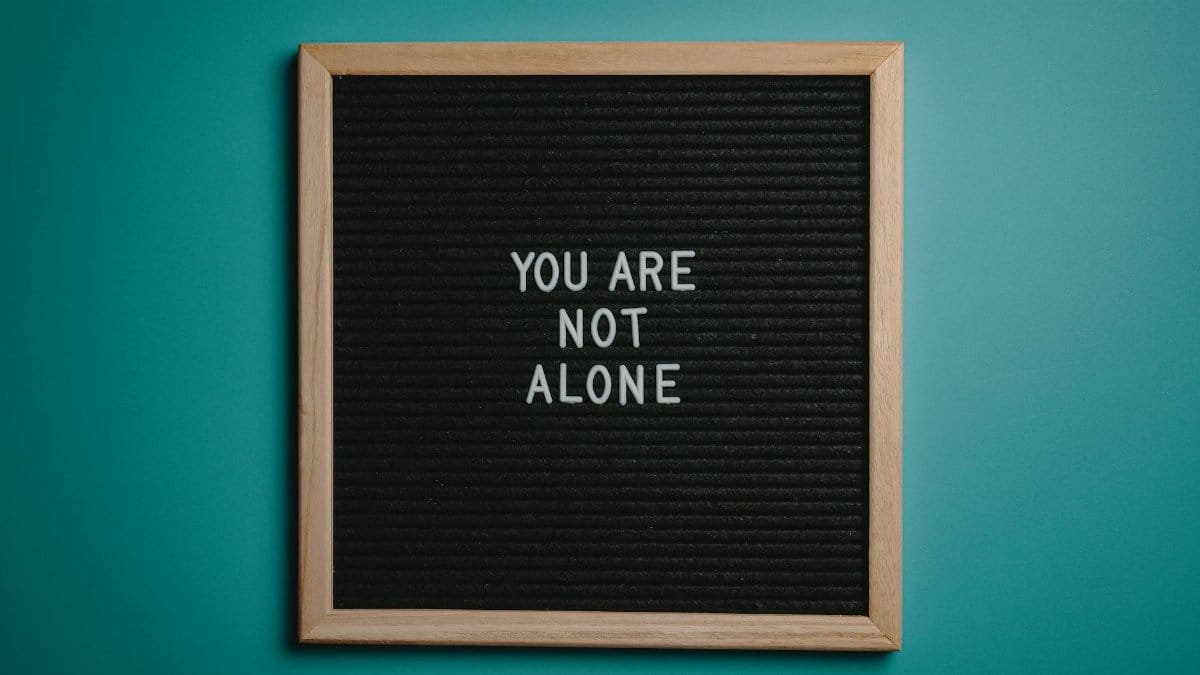
Those keys jangling in your pocket carry more than access to doors. Attach a small charm or token to the ring—something with personal weight, like a tiny shell from a memorable trip. Each time you grab your keys, let it cue a quick mental check-in. Are you rushing? Tense? This tactile reminder can snap you back to the moment. It’s a subtle way to weave everyday consciousness tools into a hectic schedule.
6. A Candle for Focused Calm
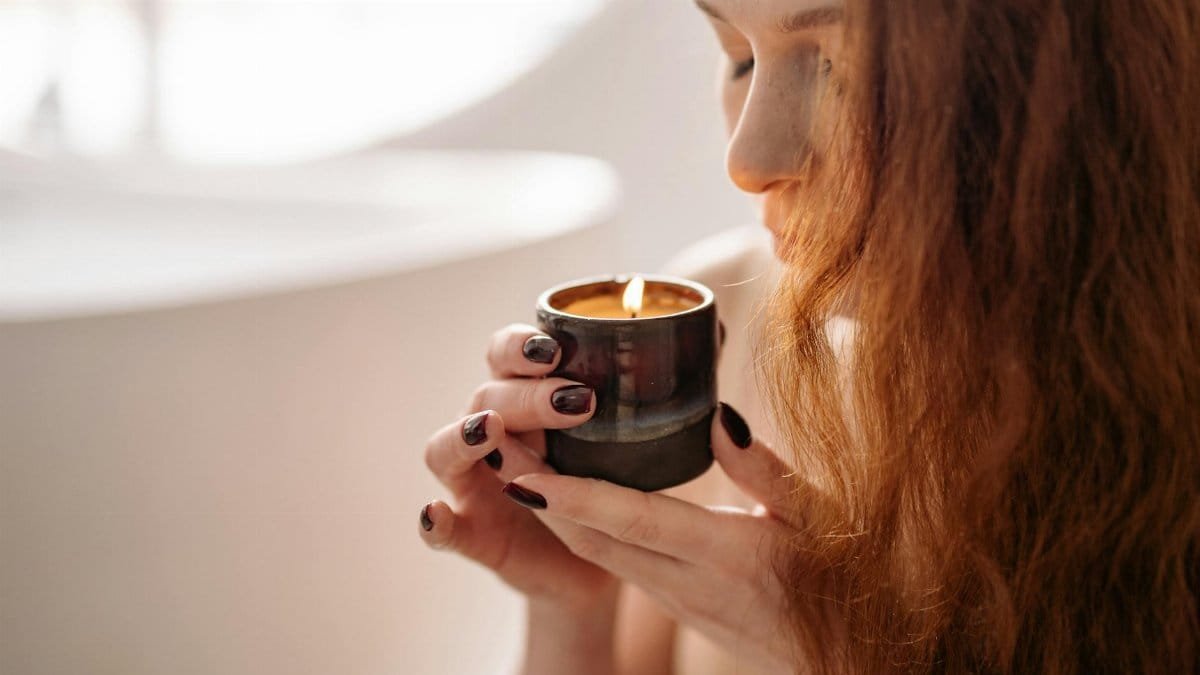
That half-used candle on your shelf isn’t just decor. Light it during a quiet evening. Watch the flame flicker. Let its glow narrow your focus. The soft light and faint scent can signal your brain to unwind. It’s less about mysticism and more about creating a sensory boundary between chaos and calm. Even a cheap tealight works. Try it tonight.
7. The Clock for Time Awareness
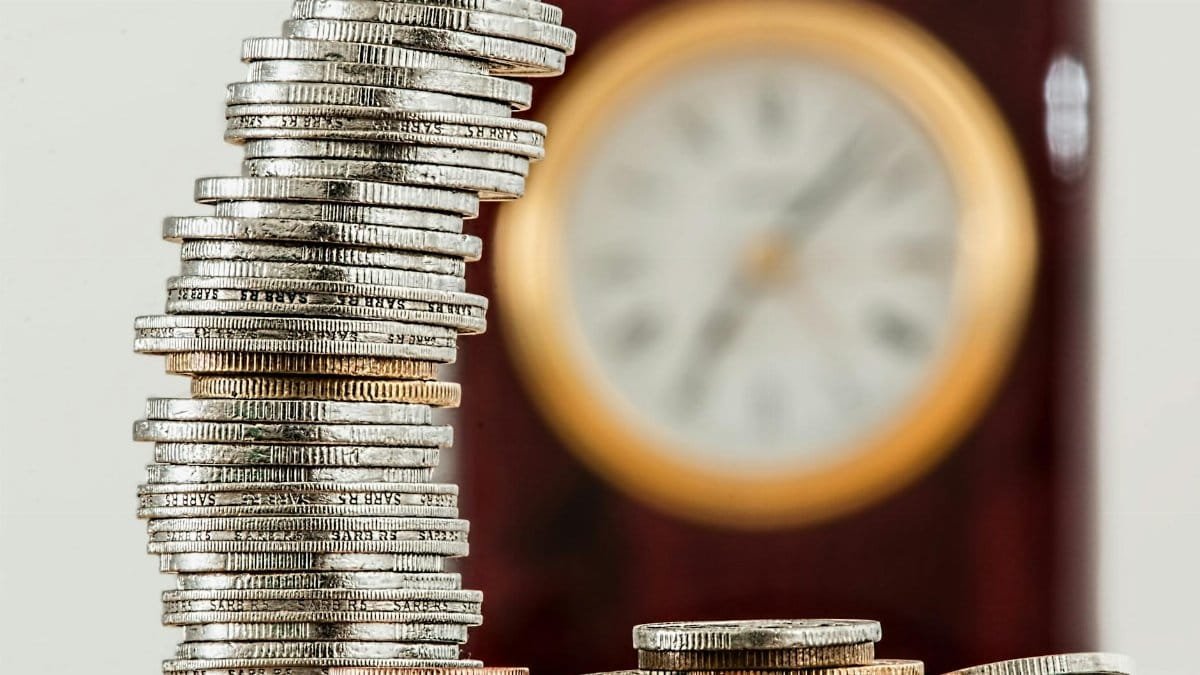
Wall clocks or wristwatches often blend into the background. Yet, they can remind us to notice time passing. Set an hourly alarm or glance at the clock with intention. Ask: How am I feeling right now? This practice counters the autopilot mode so many fall into. It’s not about obsessing over minutes but reclaiming them with purpose.
8. A Plant as a Living Connection
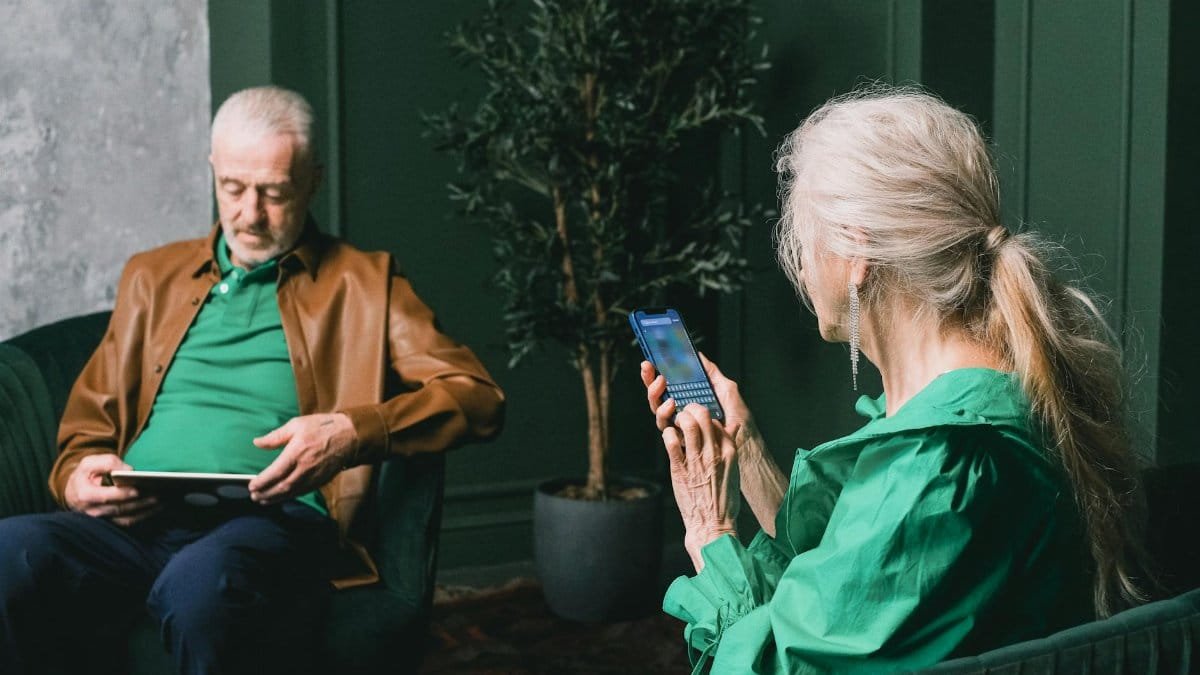
That potted fern or stubborn succulent on your windowsill offers more than greenery. Watering it or touching its leaves can be a mindful act. Notice its texture. Observe new growth. Caring for something alive pulls you out of your head. It’s a small but real tether to the natural world, often missing in urban life.
9. The Blanket for Comfort and Pause

A cozy throw draped over your couch can do more than warm you. Wrap it around your shoulders during a stressful moment. Feel its weight. Let it signal safety. This sensory comfort can ease anxiety, grounding you in the here and now. It’s a tactile way to step back from mental churn.
10. A Pen for Mindful Marking
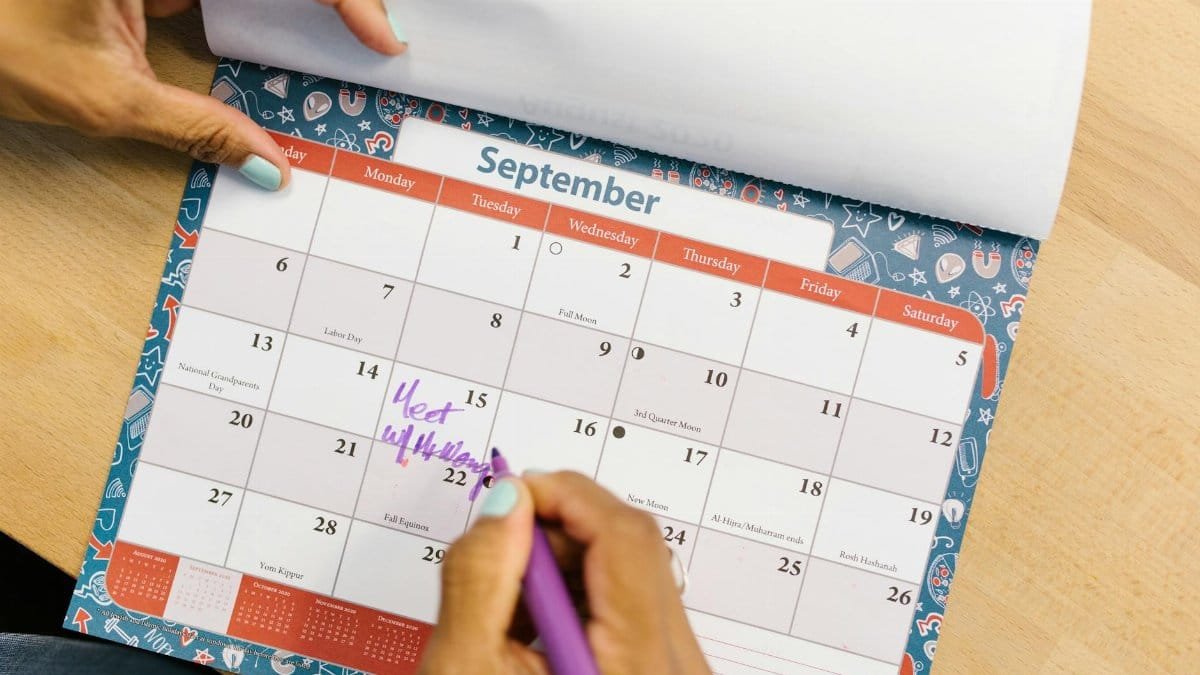
Grab any pen. Instead of clicking it absentmindedly, use it to doodle with focus. Draw slow circles or lines while breathing deeply. The repetitive motion can quiet racing thoughts. It’s not art—it’s attention. A simple Bic becomes a tool for steadying the mind without fanfare.
11. The Window as a Portal to Presence
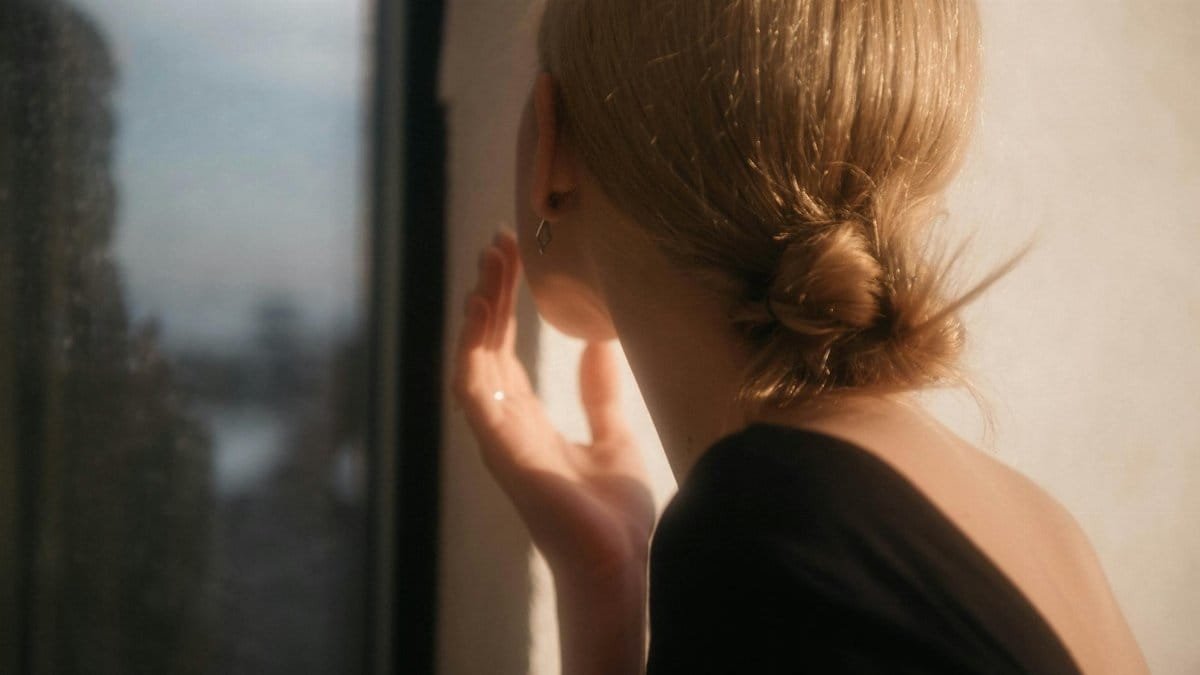
Windows are everywhere, often ignored. Stand by one for a minute. Watch the world outside—clouds shifting, a neighbor passing. Let it draw you out of internal noise. This isn’t daydreaming; it’s training your attention to rest on what’s real right now. Even a grimy pane in a busy apartment can serve this purpose.
12. A Spoon for Sensory Awareness
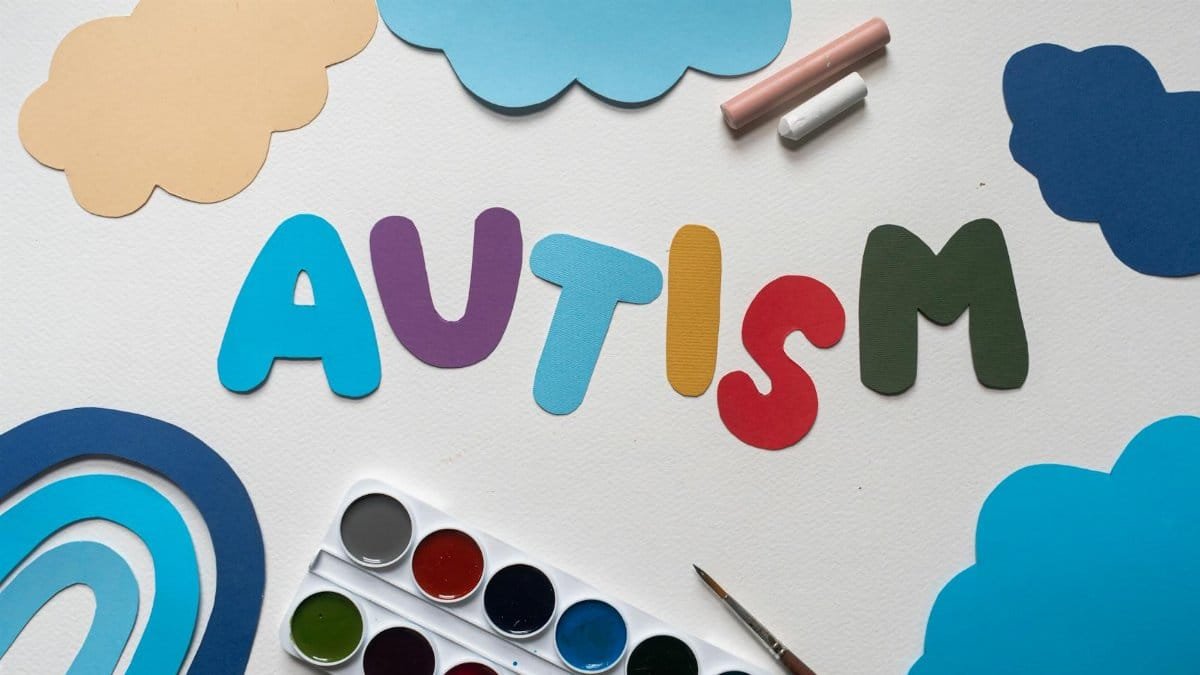
Next time you eat soup or cereal, slow down. Feel the spoon’s curve in your hand. Notice its cool metal or smooth wood. Taste each bite fully. Eating mindfully with a utensil you’ve used forever turns a rushed meal into a small meditation. It’s practical, unassuming, and oddly powerful.
13. The Doorknob as a Transition Cue
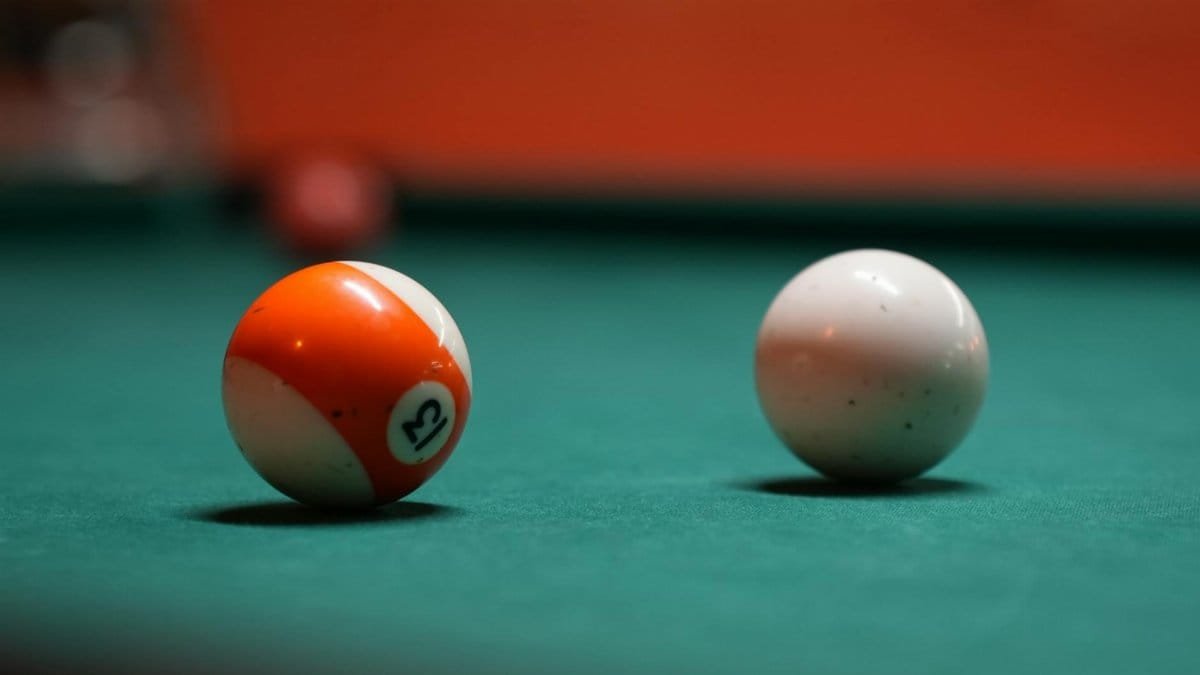
Every door you open today involves a knob or handle. Use it as a trigger. Before turning it, take one deep breath. Mark the shift from one space to another—leaving home, entering a meeting. This tiny habit builds awareness into transitions, which often pass unnoticed in a blur of doing.
14. A Photo for Emotional Grounding
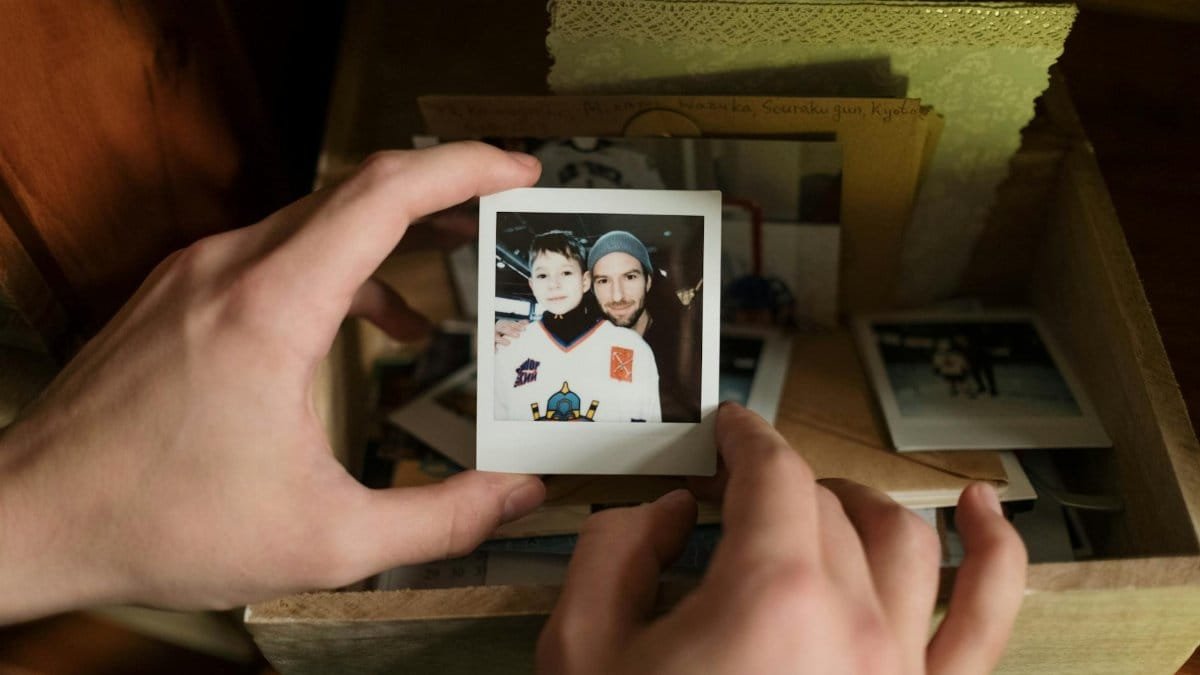
That framed picture on your desk or a snapshot in your wallet holds potential. Look at it deliberately. Recall the moment it captures—a laugh, a trip, a loved one. Let it stir gratitude or connection. It’s not nostalgia; it’s using a personal relic to anchor yourself in meaningful emotion amid daily grind.
These 14 items aren’t new purchases or specialized gear. They’re already in your orbit, waiting to be repurposed as everyday consciousness tools. The beauty lies in their ordinariness. A mug, a chair, a photo—each can shift how you move through your day. In 2025, as life seems to speed up, these small acts of attention might be the counterbalance we need. They don’t demand hours or expertise. Just a willingness to see the familiar anew. So, look around your space. What object will you reclaim today as a quiet ally in staying present?
